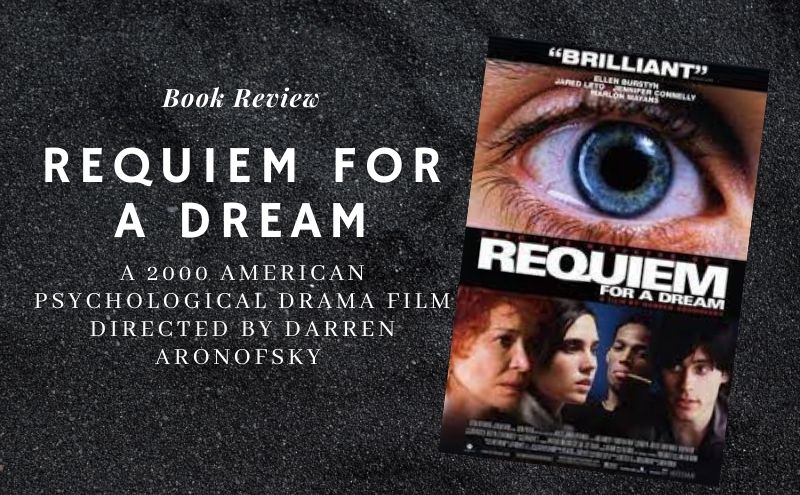
Movie Review: Requiem for a Dream
Gerald O'Malley, DO, FACEP
Whenever a group of tox geeks get together to talk movies, Requiem for a Dream invariably comes up as someone’s favorite. Released in 2000 and starring Ellen Burstyn, Jennifer Connelly, Jared Leto and Marlon Wayans and directed by Darren Aronosfky from a book by Hubert Selby, Jr., the movie is a psychological horror show depicting the devastating destructive effects of addiction. The film is highly stylized and the sequences depicting drug use are initially lighthearted and humorous, but the dark, ruinous consequences are never far away.
The cast was chosen carefully, and they threw themselves into the film. Leto dropped almost 30 pounds to portray the sickly heroin addict and both he and Wayans eschewed sex and sugar during the 40 days of filming to more realistically portray the cravings of heroin addiction and withdrawal. During a grocery store scene, real drug addicts were brought in as extras. In an interview, Aronofsky recalled that some were injecting themselves during filming.
Aronofsky’s style of direction is highly stylized - the action takes place over the course of several months in the Brighton Beach area of Brooklyn mostly and the early, summer scenes are warm and sunny and colorful but as the seasons change and the characters lose control and addiction takes over, the colors become muted and sickly gray and sterile, reflecting the isolation and physical and emotional frigidity and torpor enveloping and suffocating the characters.
The film employs various camera tricks and sound effects to disorient the viewer, both visually and aurally but none of the tricks seem forced or gimmicky. Extreme closeups show drugs acting on the characters. The pills, or the fix, fill the screen, because that's all the characters can think about. Then the drug consumption - injection, swallowing or sniffing--takes over the whole screen because that blots out the world. Then the pupils of their eyes dilate. All done with acute exaggeration of sounds. These drug sequences are done in fast-motion, to show how quickly the drugs take effect--and how disappointingly soon they fade. The in-between times edge toward desperation.
The characters themselves all wind up in a prison of their own making, one an actual prison where he is surrounded by racist guards who taunt him and leave him to suffer through an agonizing heroin withdrawal alone. Another becomes a prisoner of his damaged, diseased body. Another becomes a prisoner of her conscious, having debased and prostituted herself to feed her addiction. Perhaps the most interesting character is Sara Goldfarb (Ellen Burstyn, who won an Academy Award for this performance) who is an elderly woman living alone in her seaside apartment in Brooklyn. Sara becomes addicted to fame and by circumstance, amphetamine weight-loss pills, gradually losing her mind, becoming a prisoner within it, receiving electroshock therapy in a nightmarish psychiatric hospital. Burstyn gets every detail right, from the annoying bruxism to the monstrous and harrowing hallucinations.
In the end, Requiem for a Dream is a very interesting piece of filmmaking and a horrifying cautionary tale about the different devastatingly destructive effects of drug addiction.



